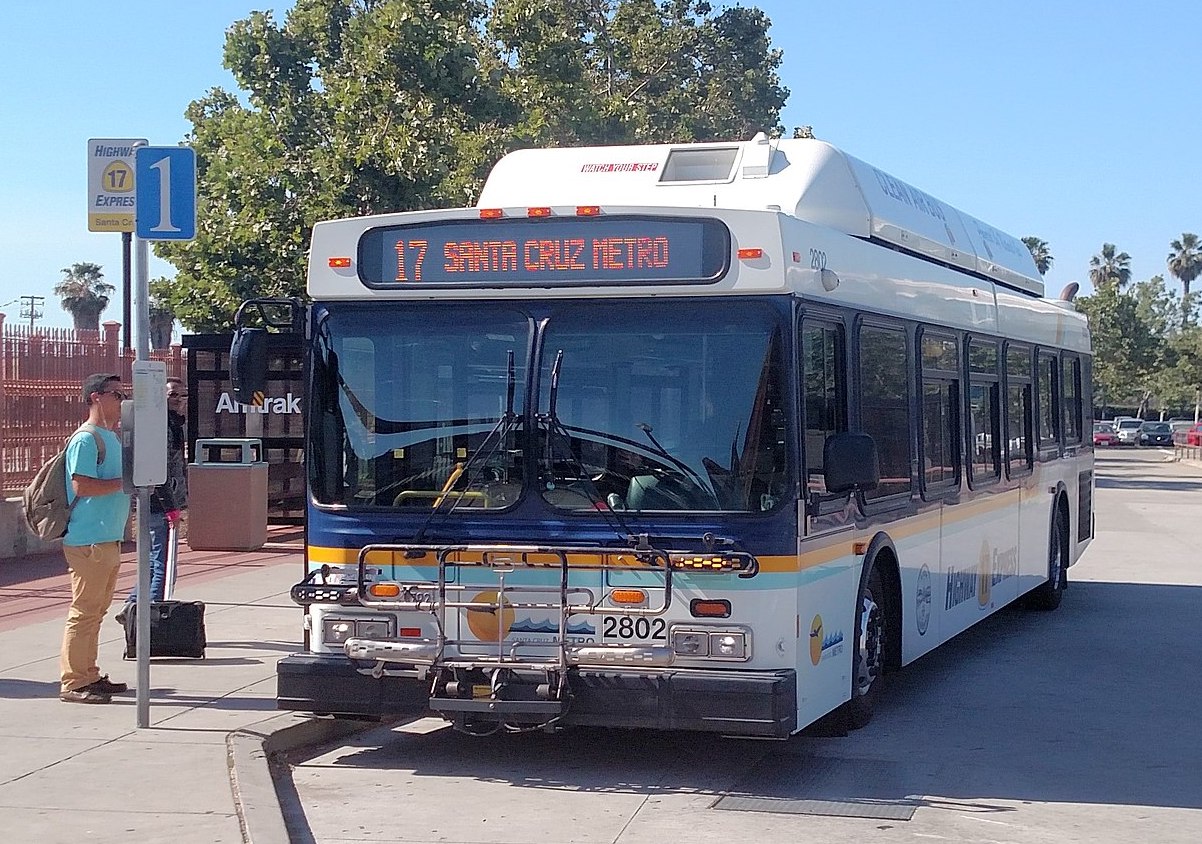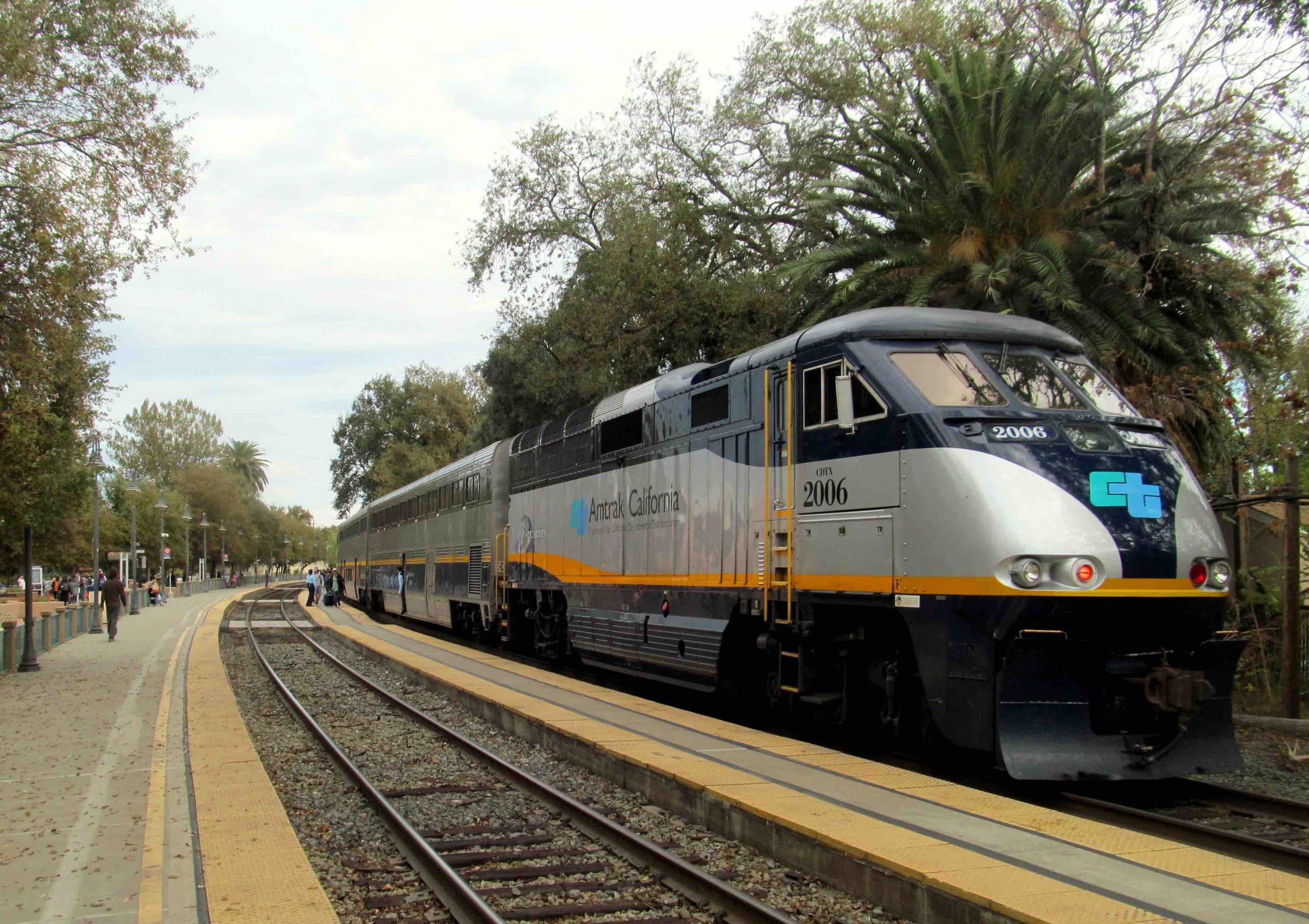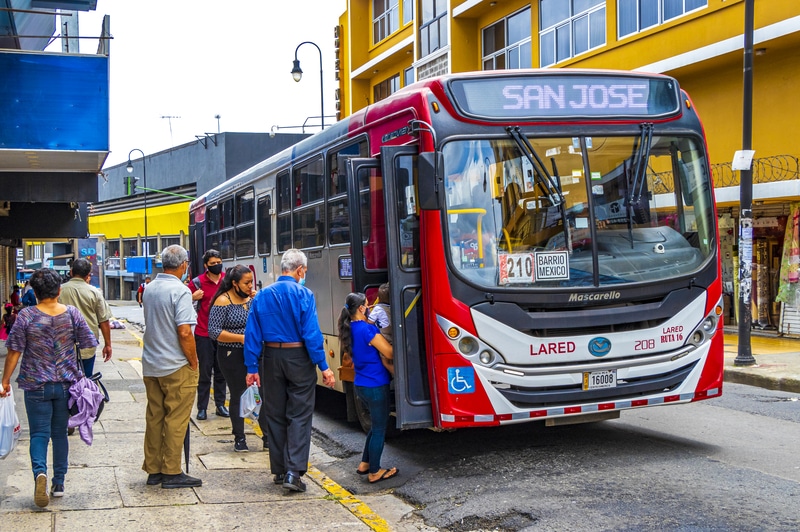
Article Highlights
California bus operator Santa Cruz Metro is the fifth transit agency that is testing acceptance of contactless EMV payments or planning to do so under the state’s Cal-ITP initiative. Among other things, the program seeks to create a ‘mobility marketplace’ for agencies to buy components to set up interoperable open loop payments systems.
A study commissioned by Cal-ITP and released last year estimated that cash-handling costs for transit agencies amount to around 13% of the cash collected.
• Santa Cruz Metro
California transit agency Santa Cruz Metropolitan Transit District said it plans to launch a pilot of contactless open-loop payments in early 2022, as it seeks to increase customer convenience and reduce use of cash on board its buses, Mobility Payments has learned.





















